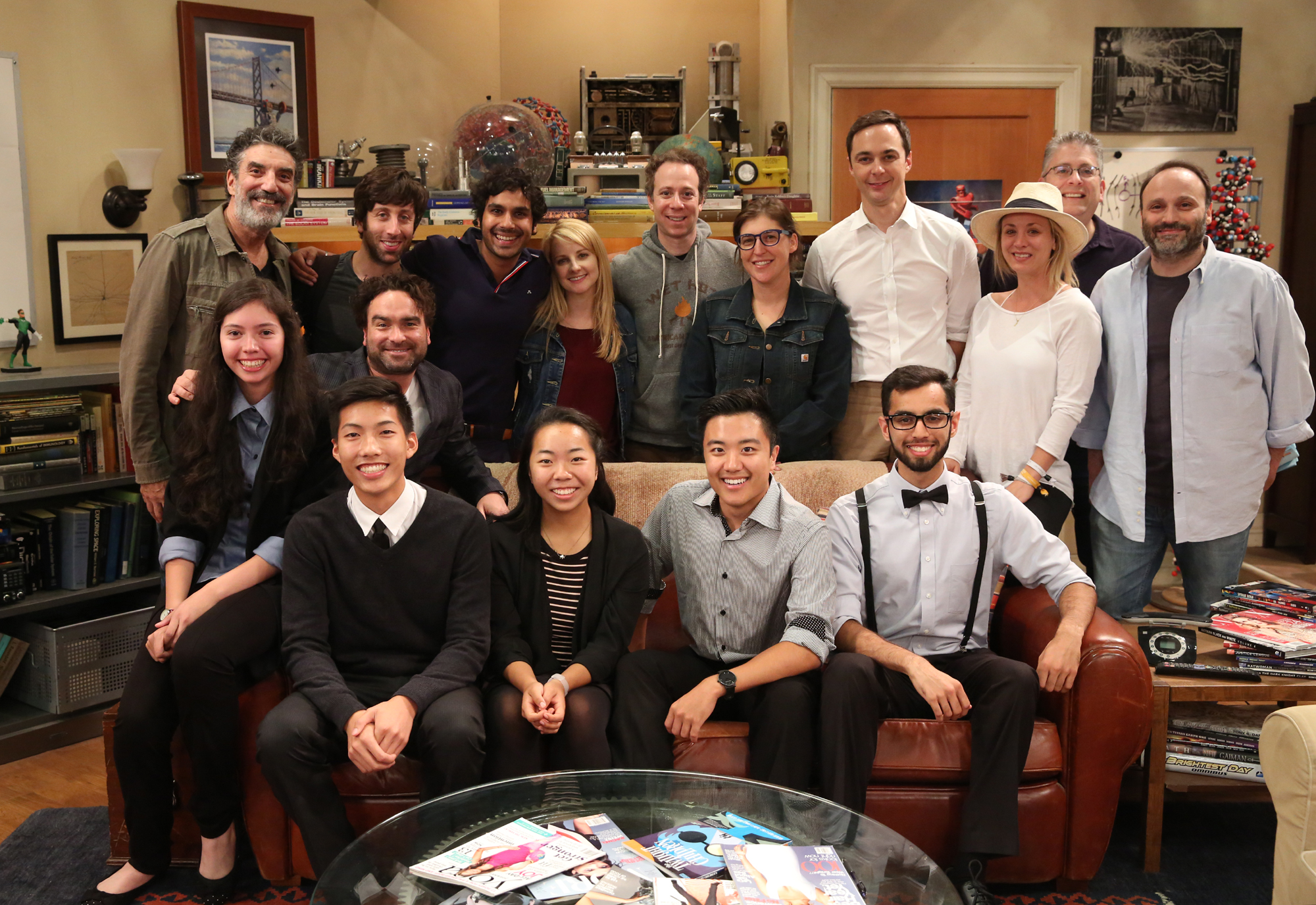Passion for STEM blasts off at Exploring Your Universe Fair

The Exploring Your Universe 2024 event was held in the Court of Sciences. The free science fair was volunteer led with booths and activities that were led by UCLA scientists. (Courtesy of Haley Marks)
By Haley Marks
Dec. 2, 2024 8:44 a.m.
Over 10,000 K-12 students, UCLA undergraduates, graduate students and professors gathered at the Court of Sciences on Nov. 5 for the 2024 Exploring Your Universe Fair.
Primarily organized by graduate students, EYU featured 74 interactive science booths – covering topics including infrared views of the moon and the DNA composition of a strawberry – alongside 16 science talks by UCLA professors and a planetarium show. EYU President Sophia Uemura said the event aimed to provide accessible STEM information and opportunities to underprivileged young people.
To engage underrepresented communities, Uemura said she and the EYU’s outreach team reached out to Title I schools. According to the California Department of Education, Title I schools receive federal funding to assist students at risk of falling behind academically.
The EYU team also combined departmental donations with funding from the UCLA Program Activities Board to provide free bus transportation and lunches for students, Uemura said.
This year, EYU expanded its reach beyond physical sciences to include engineering and life sciences booths.
“We’ve expanded to all of the STEM communities as possible on campus, … and we’ve made efforts to make the whole process more sustainable, and a lot of them have been implemented such as not providing bottled water,” said Uemura, a doctoral student in chemistry.
Nicole Guan, the internal communications chair for the Society of Women Engineers at UCLA, said she helped facilitate a booth for children to design sailboats and cut sails into different shapes to observe how far their boats traveled under a fan.
“When I was a kid, I didn’t have much exposure to STEM – it was kind of a self-exploration moment for me to want to be interested in STEM and science,” said Guan, a second-year chemical engineering student. “Being able to give that opportunity for kids and give them the chance to explore STEM outside of school and on their own interest is really exciting, and I’d love to contribute to that.”
Other booths offered hands-on activities such as making homemade lava lamps by mixing baking soda, cooking oil and food-colored vinegar to observe bubbling acid-base reactions.
The fair also included 16 professor-led talks covering topics such as fast-charging batteries and the formation of the galaxy via the James Webb Telescope.
High school student Dominic Yusay, who attended alongside classmate Joshua Corino, said he particularly enjoyed the “Quest for Conscious AI” talk, which explored what qualifies a sentient being.
Yusay added that the lecturer’s descriptive diagrams built on his preexisting interest in neural networks. Corino said he learned more about discovering other life forms in the universe.
One presentation was delivered by Tina Treude, a professor of earth, planetary, and space sciences and atmospheric and oceanic sciences. Treude said she shared discoveries made on the deep-sea submarine “Alvin.” Treude added that she likes when kids and parents ask about her emotional connection to Alvin.
“People like to know how it feels to be in a submarine,” Treude said.
While EYU targets a younger demographic, age had no limit on visiting students’ fascination with the fair.
Selmer Wong, NASA’s Near-Earth Object Surveyor Project Manager at UCLA, said she led a booth on NASA’s mission to identify asteroids that could threaten Earth in the next 100 years. Using 3D asteroid models at her booth, Wong said she was impressed by the knowledge of young attendees.
“Five- to seven-year-olds are able to identify asteroids, have heard of Sirius and dwarf planets and are able to explain the difference between asteroids and meteorites,” Wong said. “We’re trying to build enthusiasm in the STEM disciplines in the young kids of today, and there’s actually a whole bunch of them already.”
Overall, Uemura said EYU showcased the enthusiasm and curiosity of future generations of scientists and engineers while reminding attendees that success is possible for those who struggle in traditional classroom settings.
“I was a straight B to B- student, but I thrived in research,” Uemura said. “That’s why I want to be part of EYU: It’s because I imagine a lot of kids out there who want to be interested in something, but they’re not inspired in the classroom, to take that moment with them that they maybe had at EYU.”




